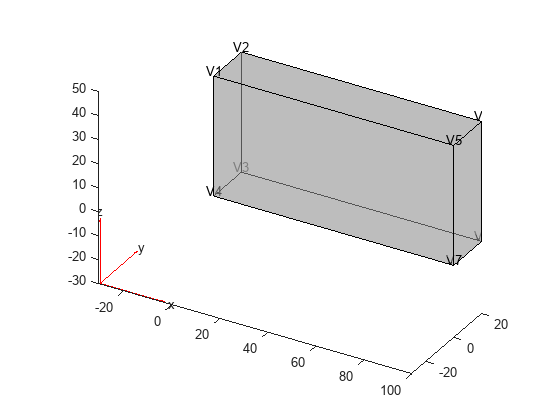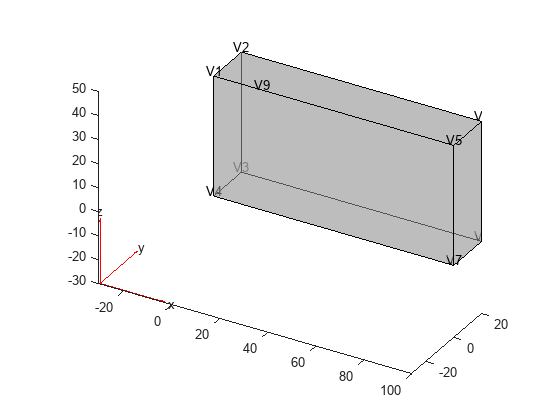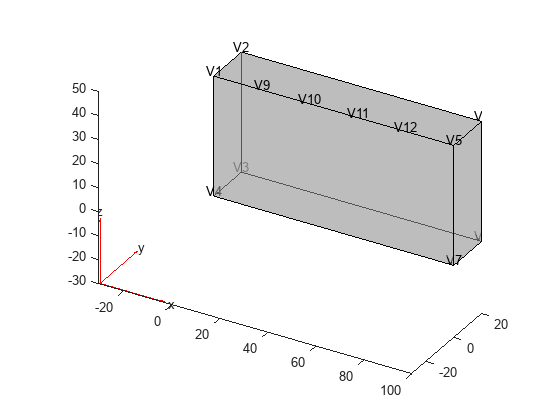addVertex
Add vertex on geometry boundary
Description
h = addVertex(g,Coordinates=Coords)Coords to a
boundary of the geometry g. To add several vertices simultaneously,
specify Coords as an N-by-2 matrix for a 2-D
geometry or an N-by-3 matrix for a 3-D geometry. Here,
N is the number of new points.
If a point with the specified coordinates is slightly offset (within an internally
specified tolerance) from a geometry boundary, addVertex approximates it
to a point on the boundary. If a vertex already exists at the specified location,
addVertex returns the ID of the existing vertex instead of creating
one.
Examples
Input Arguments
Output Arguments
Limitations
addVertexdoes not work withAnalyticGeometryobjects.
Version History
Introduced in R2019bSee Also
Functions
addFace|pdegplot|importGeometry|geometryFromMesh|generateMesh|mergeCells|structuralBoundaryLoad|structuralBC


